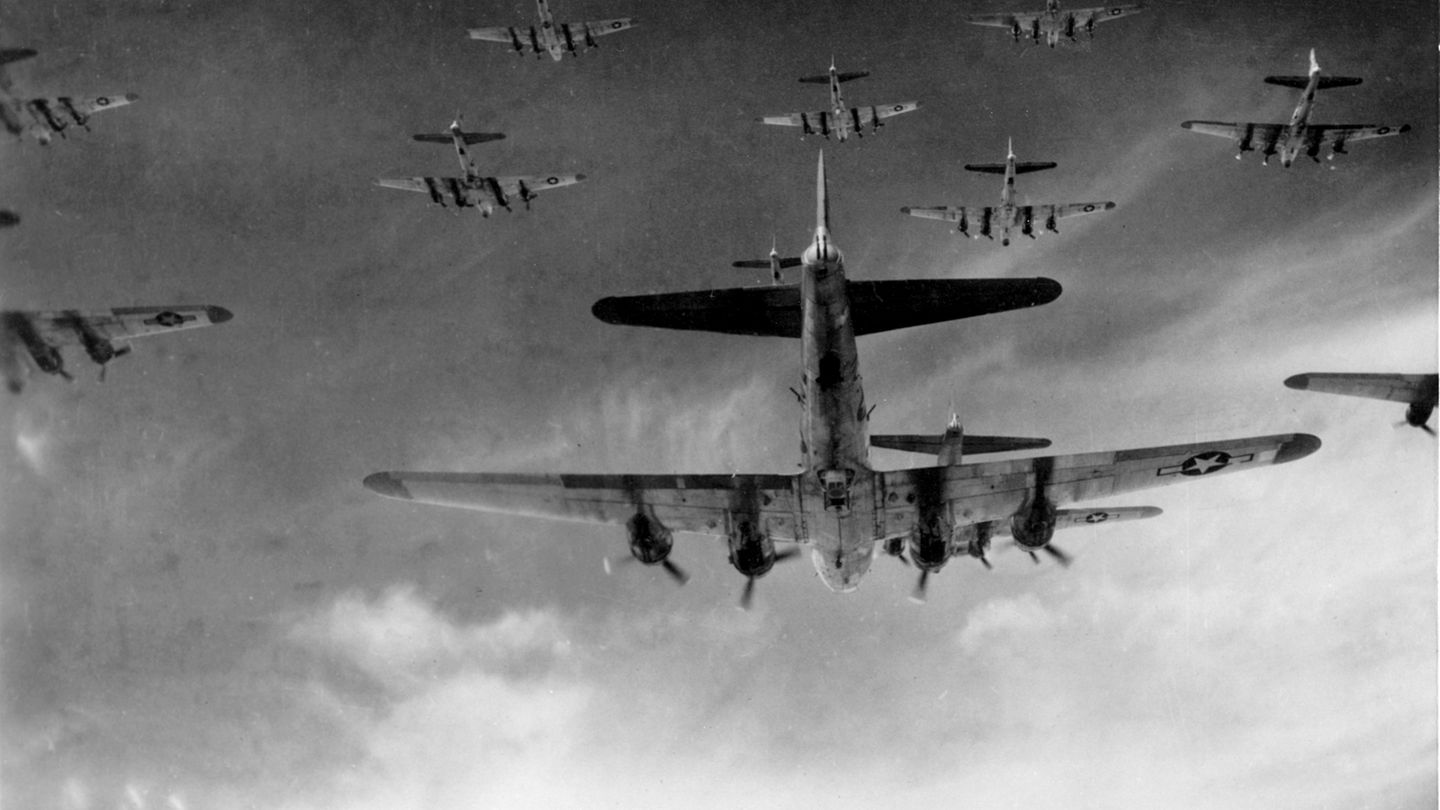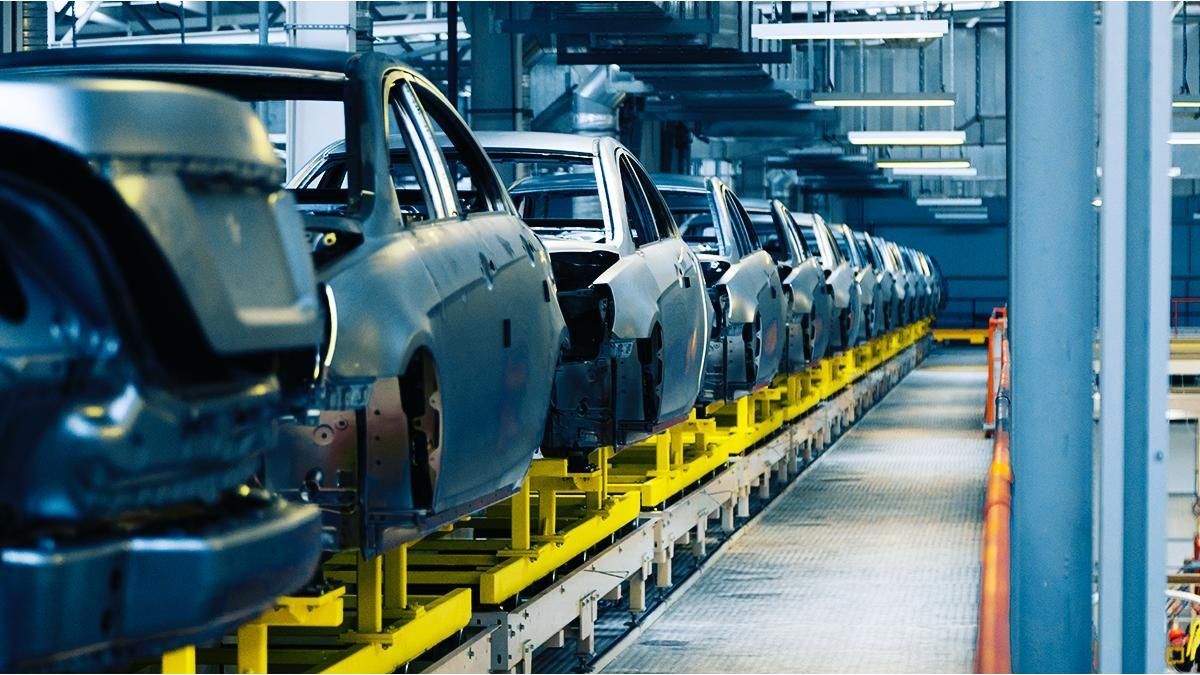The question of which model was the best fighter plane of World War II is a popular argument. There is no discussion of the heavy bombers: no other model can compete with the B-17. The Axis powers had no comparable heavy bombers at all.
Other Allied bombers, like the B-24 Liberator, could carry a heavier load of bombs, but no machine could match the armament and resilience of the B-17. No wonder she was more popular with her crews than the B-24. A B-17 needed ten men to operate, four of them were riflemen alone.
Arms armed fortress
The front nose, rear and sides of the Flying Fortress were riddled with heavy machine guns. The armament was reinforced from version to version. The bomber had armor to at least protect the crew from fragments. In addition, the fuel tanks could close themselves when hit.
The lower, fully rotatable dome, the spherical one, is particularly impressive -Browning-MG tower. He is armed with two weapons. The riflemen in the lower turret and stern had the most dangerous jobs – it took them over a minute to get out of their cramped positions. Often it took too long.
Psychologically, the heavy armament had the advantage that the crew of a B-17 did not have to regard themselves as defenseless victims of the German fighters. She could hit back massively. A B-17 F carried 1000 kg of ammunition with it. That was a total of 7,485 cartridges.
The positioning of the riflemen on the lower side, the rear and the front massaged a lot of firepower in those places where the machine was most vulnerable. The four-engine bomber was also designed so that individual hits with machine guns could not be dangerous. Only if a fighter approached the machine directly from the front could a single sheaf kill the pilots behind the glass nose.
Without fighter protection, the B-17 was also vulnerable
The B-17 flew over Germany in precisely defined formations. The distance between the machines was calculated so that the gunner could build “clouds of death” between the machines if the fire of several bombers was concentrated on one fighter. At the same time, the distance was large enough that the projectiles did not endanger the neighboring bombers.
The Germans responded to the flying fortress challenge. Instead of machine guns, machine cannons with a caliber of 20 millimeters and 30 millimeters were built into the hunters. they even experimented with aircraft with heavy cannons. Air mines dropped above the bomber swarm were supposed to blow up the formations of the B-17. Later in the war, missiles were mounted under the wings of the fighters.
Resilience of the B-17
The disadvantage of all these measures: The heavy armament makes the hunters more and more immobile. Since the Allies were also able to protect their bomber fleets from long-range fighters over Germany, the heavy weapons that could destroy a B-17 did not turn the air warfare around.
The B-17 bombers were used in the most dangerous attacks of the day. Without escort it was a suicide mission. In the two attacks on heavy industry in Schweinfurt in August 1943, 230 B-17 machines were used. 36 were shot down, 122 damaged, 27 of them heavily. The maiden flight of the prototype of the later B-17, the Model 299, took place on July 28, 1935. A total of 12,731 machines were manufactured.
David William is a talented author who has made a name for himself in the world of writing. He is a professional author who writes on a wide range of topics, from general interest to opinion news. David is currently working as a writer at 24 hours worlds where he brings his unique perspective and in-depth research to his articles, making them both informative and engaging.




